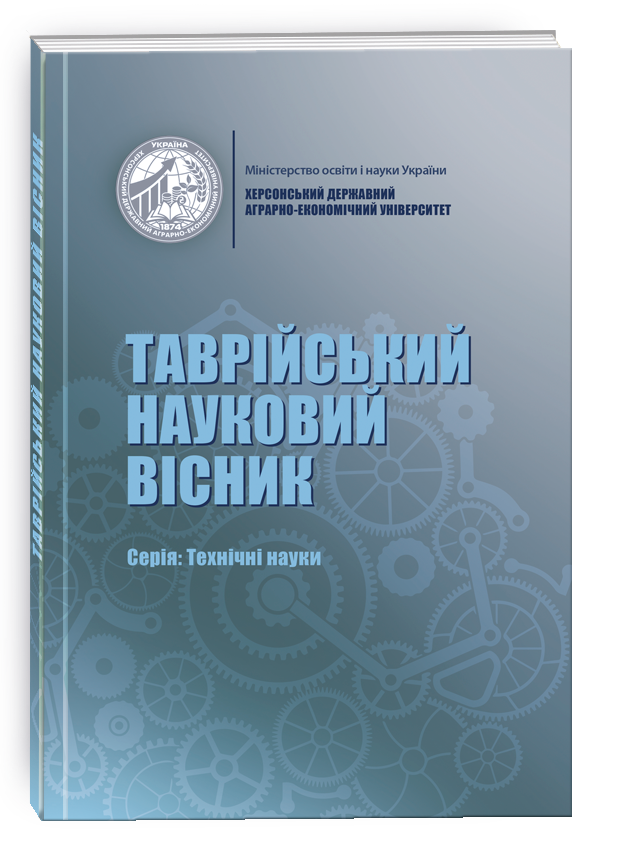APACHE WEB SERVER PERFORMANCE OPTIMIZATION
DOI:
https://doi.org/10.32782/tnv-tech.2024.4.2Keywords:
Аpache web server, Apache MaxClients, Apache architecture, optimization, fuzzy control, heuristicsAbstract
This article explores approaches to online optimization of the Apache web server, focusing on the MaxClients parameter. Using empirical and analytical methods, the researchers prove that MaxClients has a large impact on response time, and recommend hill-climbing strategies to determine the optimal value of MaxClients. The study includes the analysis of two optimizers using different approaches, such as Newton’s method and fuzzy control, as well as heuristics based on the relationship between resource utilization and response time. In general, online optimization techniques can reduce the response time by a factor of 10 or more compared to the static default, although this may require some trade-offs between different approaches. Investigating opportunities to improve the speed and response time of the Apache web server through various techniques and settings such as optimizing server settings, using caching, data compression, optimizing request routing, and others is really important in today’s Internet environment. The purpose of the study is to improve the performance and response speed of the Apache web server, which can be useful for developers and administrators of web applications and services. The speed and response time of servers are important factors in meeting user needs and achieving business goals of web applications and services. Since Apache is one of the most widely used web servers in the world, optimizing Apache server response time is an important task for many web development and administration professionals. This study examines various approaches and techniques for optimizing the response time of the Apache web server, including configuring server parameters, using caching, data compression, optimizing request routing, and others. The results of the study can be useful for developers and administrators of web applications and services that work with the Apache web server. Optimizing Apache server response time can significantly improve the performance and efficiency of web applications and services, which in turn can lead to user satisfaction and business goals.
References
Y. Diao, J. L. Hellerstein, and S. Parekh, “Optimizing quality of service using fuzzy control,” in Proceedings of Distributed Systems Operations and Management, 2012.
Apache Software Foundation. http://www.apache.org.
Y. Diao, J. L. Hellerstein, and S. Parekh, “A business-oriented approach to the design of feedback loops for performance management,” in Proceedings of Distributed Systems Operations and Management, 2011.
C. Lu, T. Abdelzaher, J. Stankovic, and S. Son, “A feedback control approach forguaranteeing relative delays in web servers,” in Proceedings of the IEEE Real-Time Technology and Applications Symposium, 2011.
Y. Diao, N. Gandhi, J. L. Hellerstein, S. Parekh, and D. M. Tilbury, “Using MIMOfeedback control to enforce policies for interrelated metrics with application to the Apache web server,” in Proceedings of Network Operations and Management, 2012.
L. Sha, X. Liu, Y. Lu, and T. Abdelzaher, “Queuing model based network serverperformance control,” in Proceedings of the IEEE Real-Time Systems Symposium, 2012.
D. Menasce, V. Almeida, R. Fonsece, and M. Mendes, “Busines oriented resourcemanagement policies for e-commerce servers,” Performance Evaluation, 2010, (42), 223–239.
Z. Liu, M. S. Squillante, and J. L. Wolf, “On maximizing service-levelagreementprofits,” in Proceedings of the ACM Conference on Electronic Commerce (EC’11), 2011.
Mindcraft, “Webstone 2.5 web server benchmark,” 2008. http://www.mindcraft.com/ webstone/.
Z. Liu, N. Niclausse, C. Jalpa-Villanueva, and S. Barbier, “Traffic model and performance evaluation of web servers,” Tech. Rep. INRIA, 2009, 38-40
D. Mosberger and T. Jin, “httperf: A tool for measuring web server performance,”in First Workshop on Internet Server Performance (WISP 2008), ACM, 2008, 59-67.
D. P. Olshefski, J. Nieh, and D. Agrawal, “Inferring client response time at the webserver,” in Proceedings of the ACM SIGMETRICS Conference on Measurement and Modeling of Computer Systems, 2012.
S. S. Lavenberg, ed., Computer performance modeling handbook. Orlando, FL: Academic Press, INC, 2013.
L. Perssini, The Mathematics of Nonlinear Programming. Springer-Verlag, 2008.
K. M. Passino and S. Yurkovich, Fuzzy Control. Menlo Park, CA: Addison Wesley Longman, 2008.
Зайцев Є.О. Smart засоби визначення аварійних станів у розподільних електричних мережах міст. Таврійський науковий вісник. Серія: Технічні науки, 2022. (5).
Цвик О.С. Аналіз і особливості програмного забезпечення для контролю трафіку. Вісник Хмельницького національного університету. Cерія: Технічні науки, 2023. (1).
Новіченко Є.О. Актуальні засади створення алгоритмів обробки інформації для логістичних центрів. Таврійський науковий вісник. Серія: Технічні науки, 2023. (1).
Твердохліб А.О., Коротін Д.С. Ефективність функціонування комп’ютерних систем при використанні технології блокчейн і баз данних. Таврійський науковий вісник. Серія: Технічні науки, 2022. (6).
Lei Song (2008) Biswanath Mukherjee. On the Study of Multiple Backups and Primary-Backup Link Sharing for Dynamic Service Provisioning in Survivable WDM Mesh Networks / IEEE Journal on selected areas in Telecommunication. 2008, (26), (6), 84-91.







